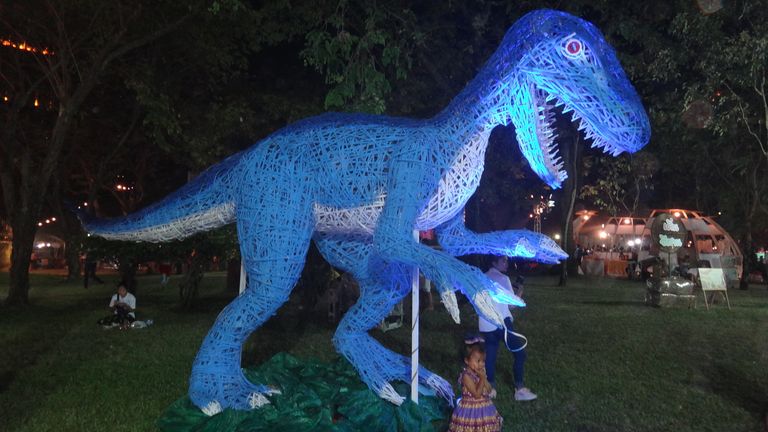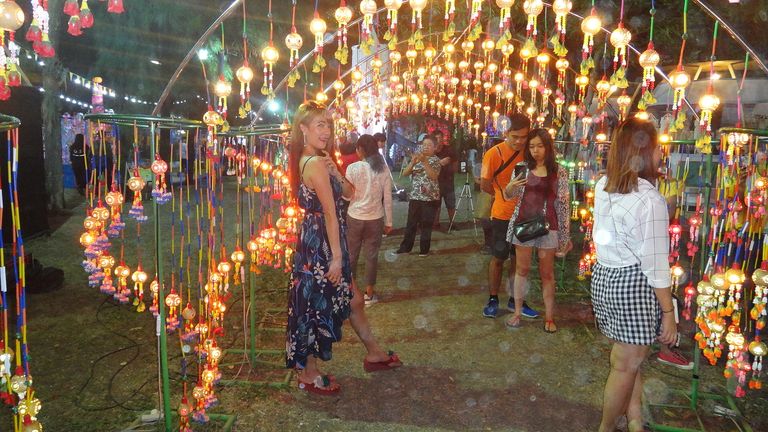The Isan people, hailing from the northeastern region of Thailand, represent a vibrant and culturally rich group. Their way of life is a unique blend of Thai and Lao influences, reflected in their traditions, language, food, and forms of entertainment. Although Isan is often seen as a rural, agricultural part of Thailand, its people have preserved a deep cultural heritage that is cherished and celebrated in their everyday lives. From their cuisine to their folk traditions, the Isan people exemplify a simple, yet joyful, way of living that has captivated both locals and visitors alike.
Culture and Traditions
The culture of the Isan people is steeped in history, shaped by the region’s Lao roots, Buddhist beliefs, and rural lifestyle. Most Isan people speak a dialect of the Lao language, which, while distinct from central Thai, adds to the sense of a shared identity among those in the region. Buddhism plays a central role in daily life, with festivals, rituals, and temple activities acting as key social gatherings for the community.
A significant event in Isan culture is Bun Bang Fai, or the rocket festival. This annual celebration is a spectacular showcase of the Isan people's ingenuity and devotion, as it involves launching home-made rockets into the sky as offerings to the rain gods, hoping for abundant rain for their crops. The festival is a lively affair, with parades, dancing, music, and colorful traditional clothing, reflecting the joyful, community-centered spirit of the Isan people.
Beyond religious festivals, traditional forms of entertainment, such as mor lam and pong lang music, play a crucial role in Isan cultural expression. Mor lam, a type of traditional folk music characterized by its rapid rhythms and storytelling, is an essential aspect of Isan’s identity. Performances of mor lam often feature lively singing and dancing, bringing communities together for a shared experience of entertainment and storytelling. Pong lang, a musical instrument made from bamboo, is another hallmark of Isan's folk music, often performed during village festivals and celebrations.
Isan Cuisine: Bold Flavors and Simple Ingredients
Isan food is one of the most distinct and beloved regional cuisines in Thailand. Known for its bold flavors, heavy use of herbs, and a penchant for spiciness, Isan cuisine is enjoyed not only in the northeast but across the country. The cuisine reflects the rural nature of the region, making use of locally available ingredients, such as fish, herbs, sticky rice, and chilies.
One of the most iconic dishes from Isan is som tam, or papaya salad. This dish combines shredded green papaya with fish sauce, lime juice, chilies, peanuts, and sometimes fermented fish or crab. Its blend of sour, salty, and spicy flavors creates a burst of taste that reflects the zest and vibrancy of Isan food. Another quintessential Isan dish is larb, a salad made of minced meat (usually pork or chicken), herbs, and roasted rice powder, all seasoned with lime and fish sauce. Larb is often paired with sticky rice, the staple of every Isan meal. Sticky rice is eaten with the hands and is a fundamental part of the region's culinary identity.
Isan people also enjoy grilled meats like gai yang (grilled chicken) and moo ping (grilled pork skewers), typically eaten with dipping sauces made from fermented fish or tamarind. The simplicity and richness of the ingredients highlight the resourcefulness of Isan’s farmers and the region’s agricultural roots.
Beyond the popular dishes, the Isan people take pride in their use of local produce and traditional cooking methods, which reflect the close relationship between the people and their land. Food, for the Isan people, is more than just sustenance—it is a way to connect with their heritage and bond with family and friends.
Entertainment and Leisure
For the Isan people, entertainment is deeply tied to communal activities and cultural traditions. Music, dance, and festivals are the main forms of leisure, as they foster a sense of togetherness. Mor lam music, in particular, is not just a form of artistic expression, but a key feature of social gatherings. Live mor lam performances attract large crowds, where villagers sing, dance, and participate in call-and-response songs that tell stories of love, life, and humor.
Another popular form of entertainment is muay Thai, or traditional Thai boxing. In Isan, this martial art is not only a sport but also a community event. Local matches are held during festivals, where villagers come together to cheer for their favorite fighters. Many of Thailand’s most famous muay Thai champions hail from Isan, showcasing the region's significant contribution to the national sport.
The Bun Bang Fai rocket festival, aside from its religious significance, is also a massive entertainment event. The festival features contests, with different villages competing to launch the highest and most spectacular rockets. There are also beauty pageants, music performances, and dances, creating a carnival-like atmosphere that celebrates the joy and creativity of the Isan people.
The simplicity of rural life allows Isan people to find joy in everyday moments. Whether it’s sharing a meal with family, playing local sports like takraw (a traditional game similar to volleyball but using a rattan ball), or relaxing to the sounds of traditional music, the Isan people’s sense of entertainment is deeply woven into their culture and lifestyle.
Conclusion
The Isan people of Thailand enjoy a way of life that is deeply rooted in their cultural heritage. From their bold, flavorful food to their lively festivals and music, the people of Isan celebrate life with a joyful spirit. Despite being considered one of the more rural regions of Thailand, the richness of Isan culture is undeniable. Its people take pride in their traditions, and their sense of community and togetherness is reflected in everything they do. Through their food, culture, and entertainment, the Isan people showcase a vibrant way of life that is both simple and deeply fulfilling.







































Telegram and Whatsapp